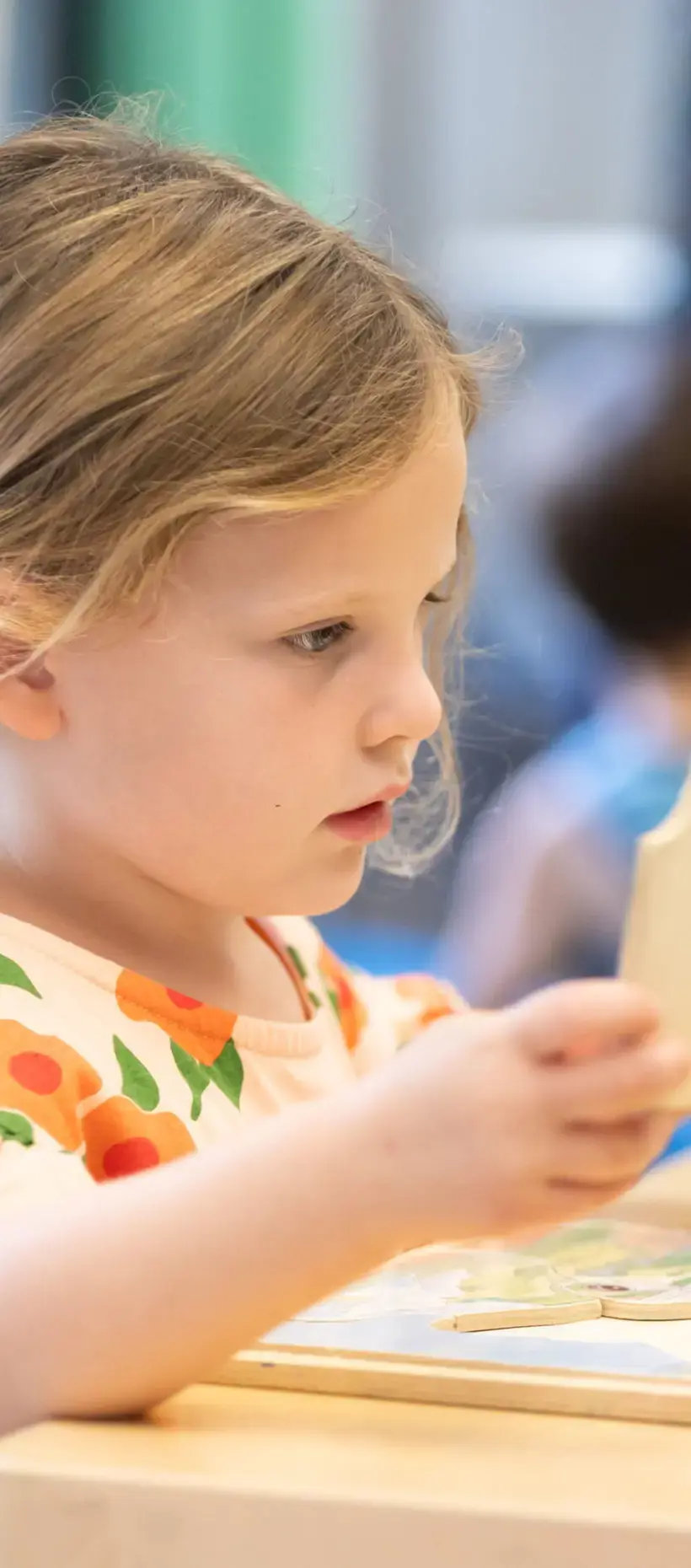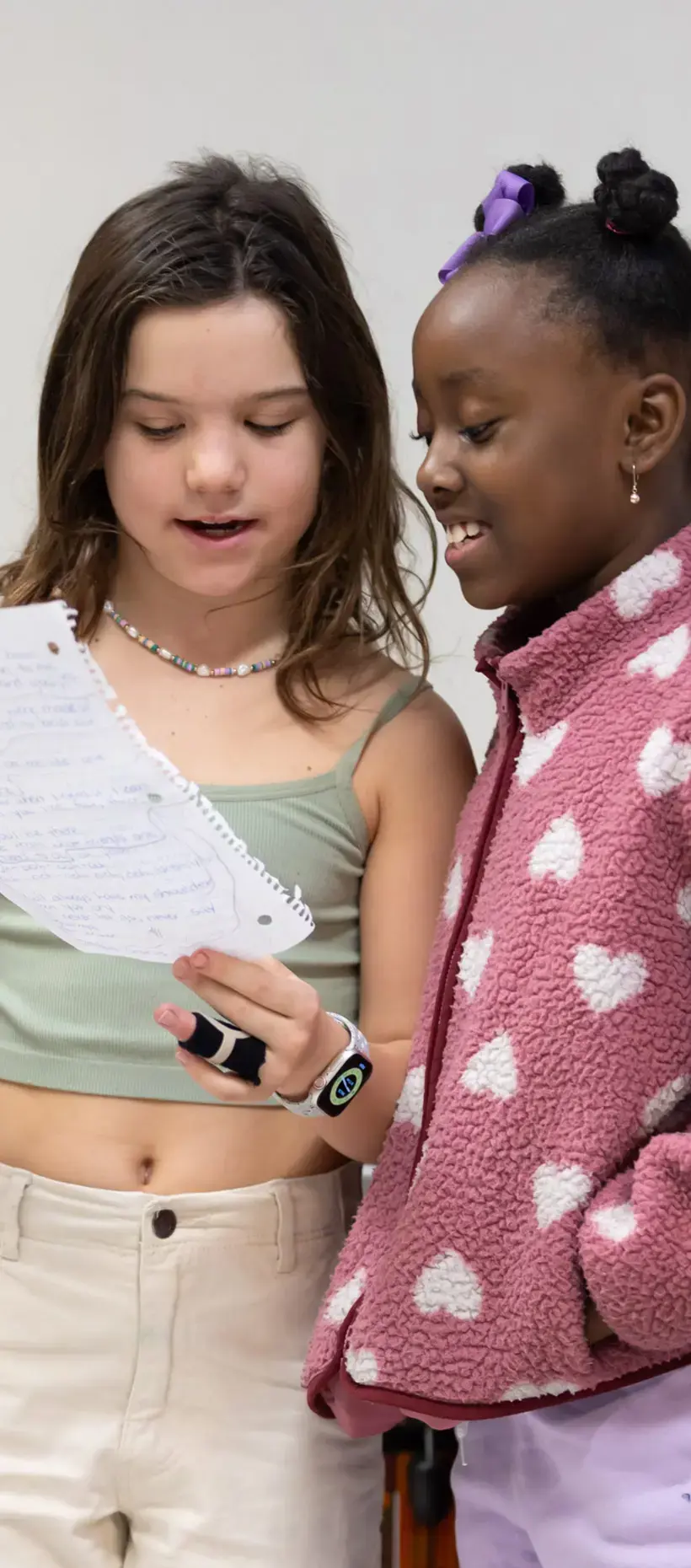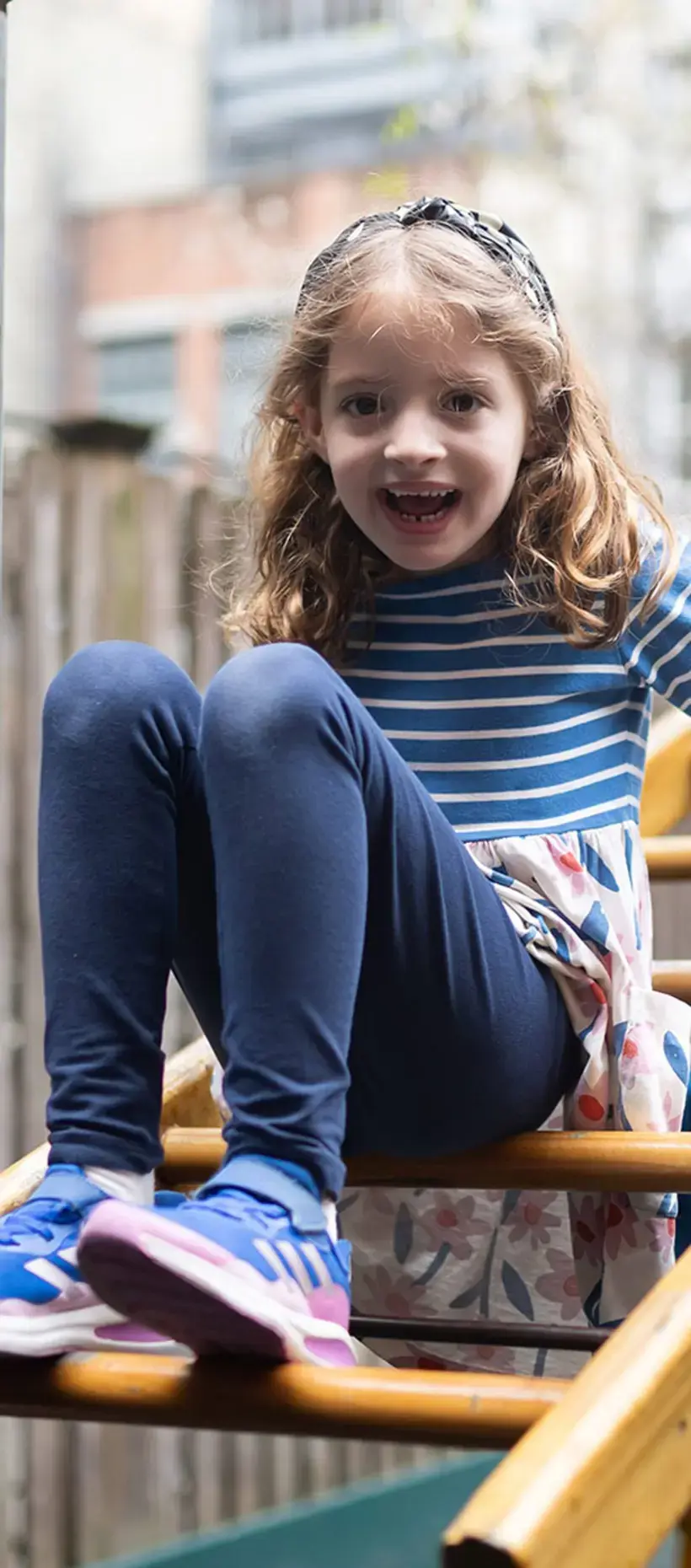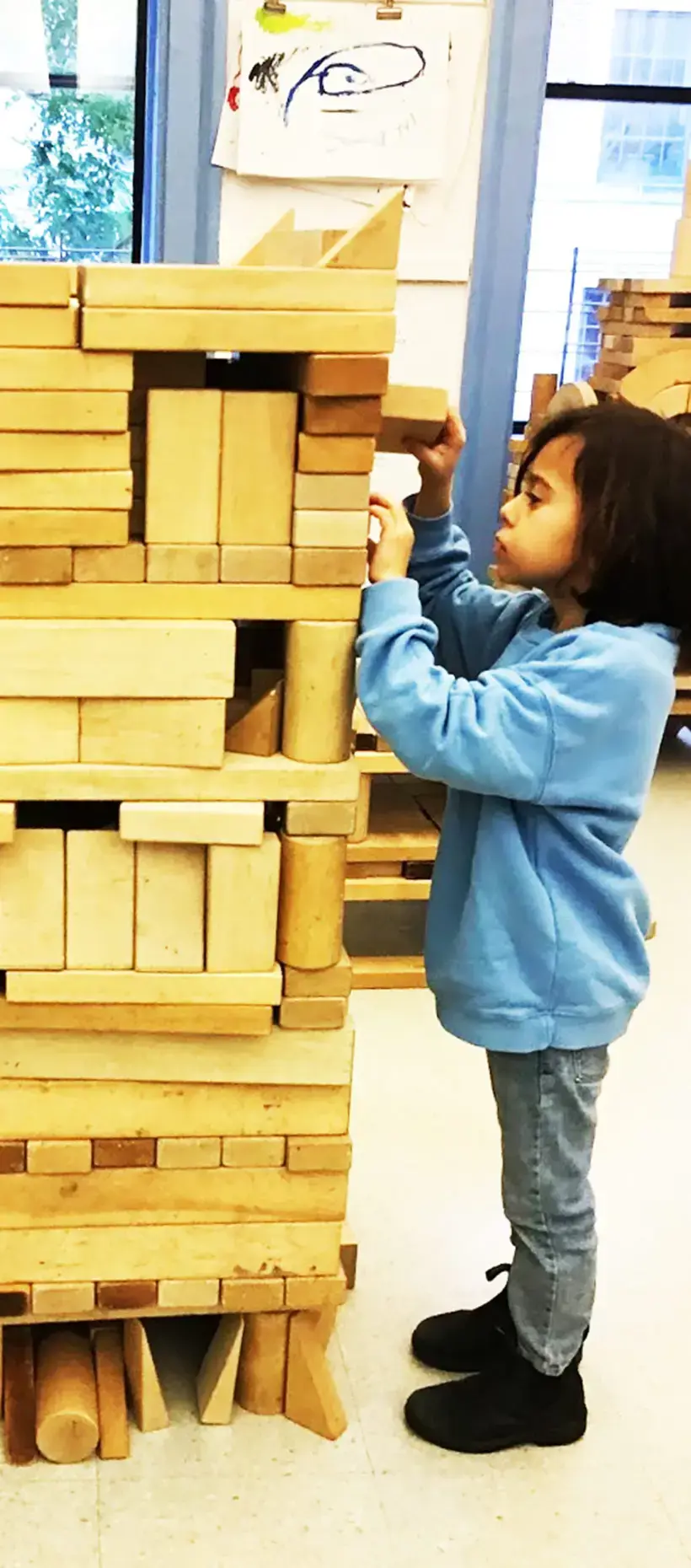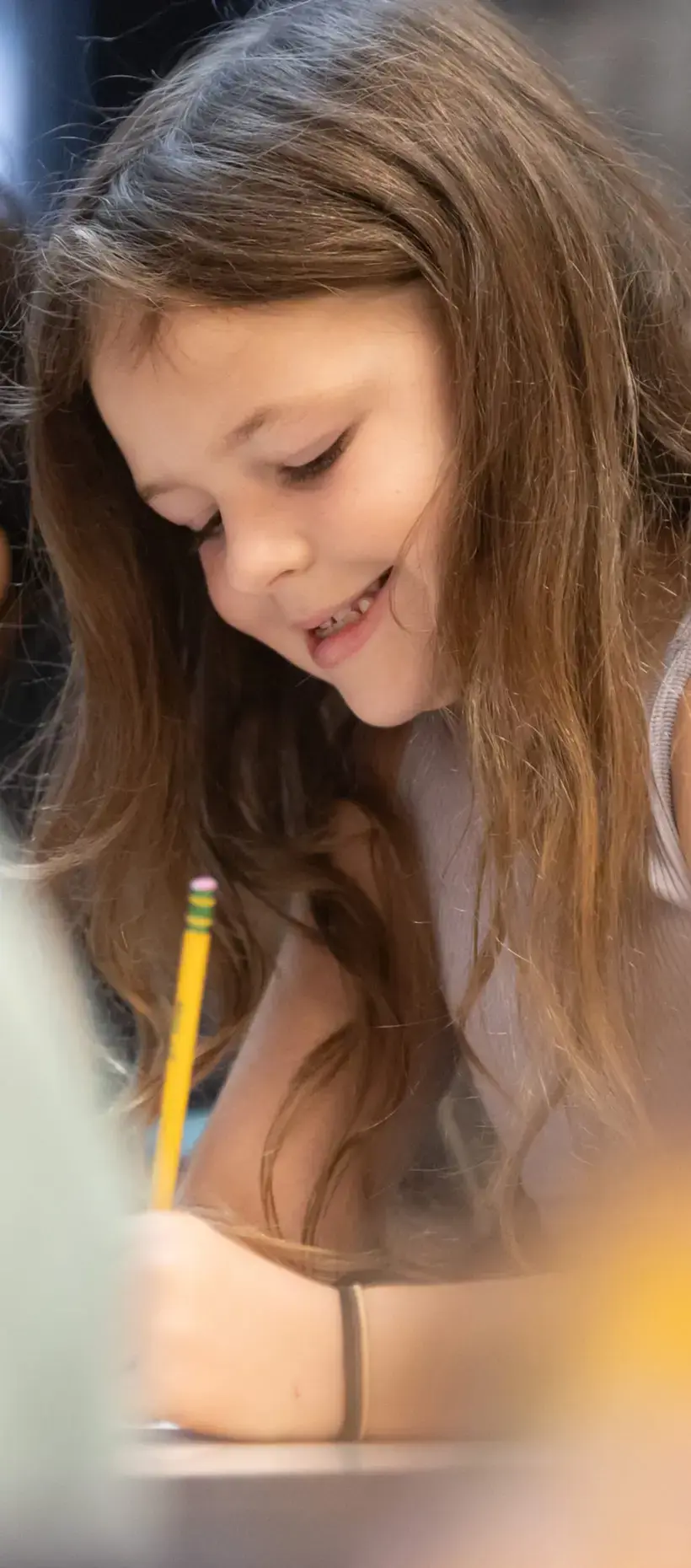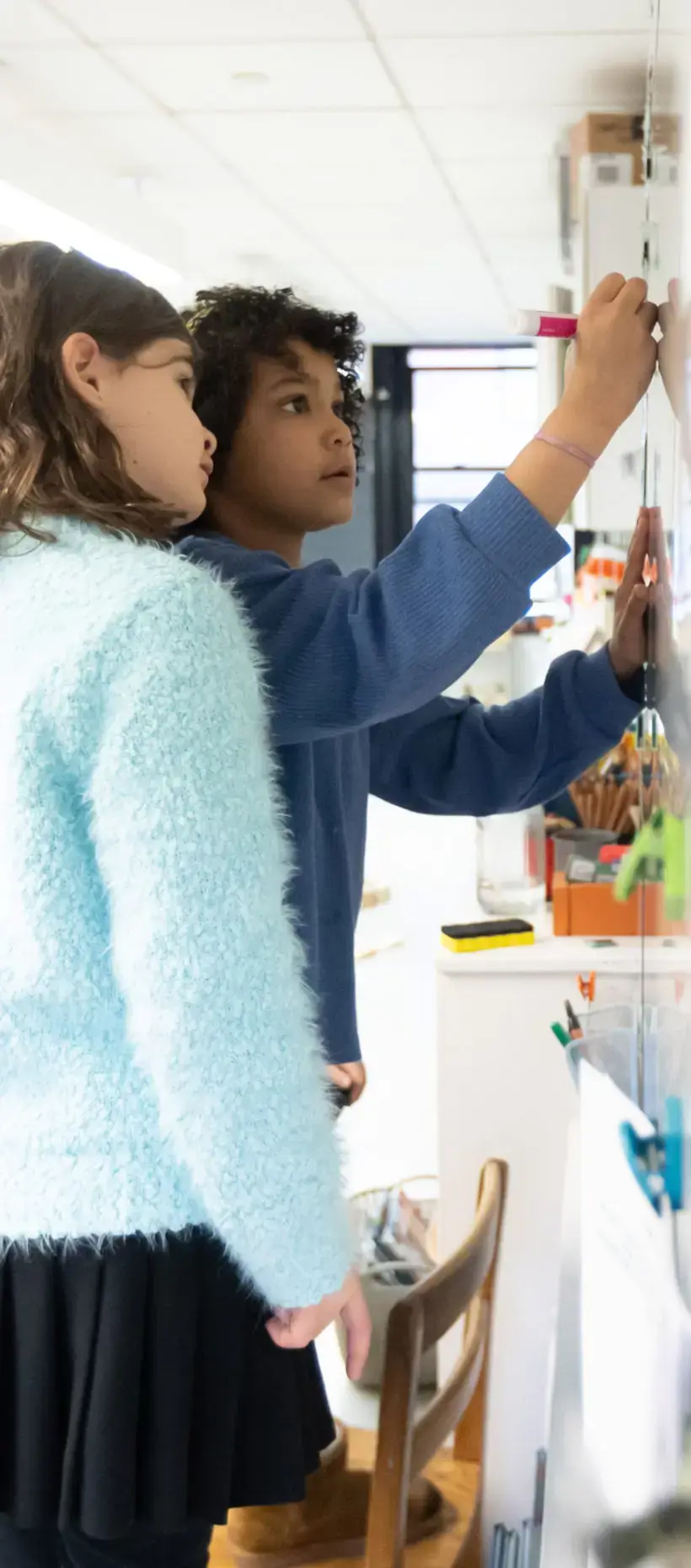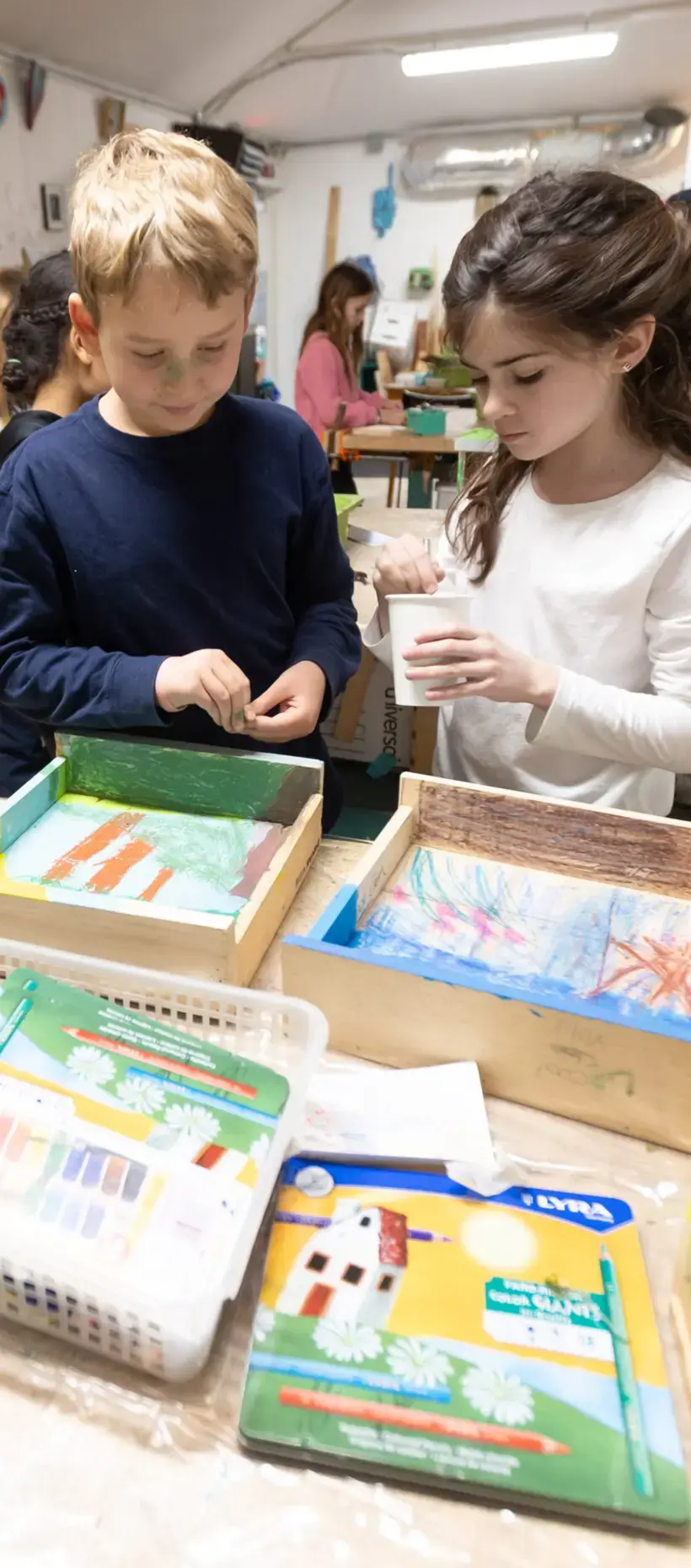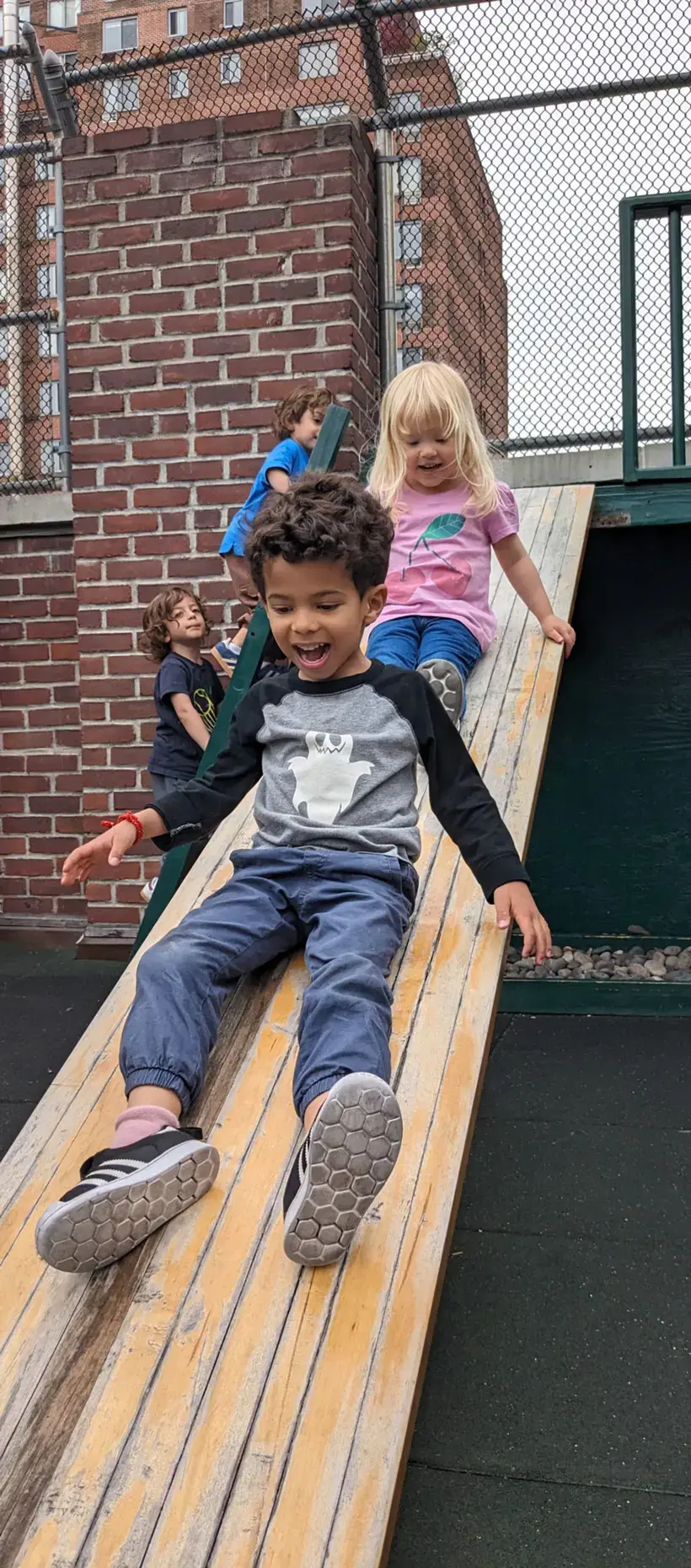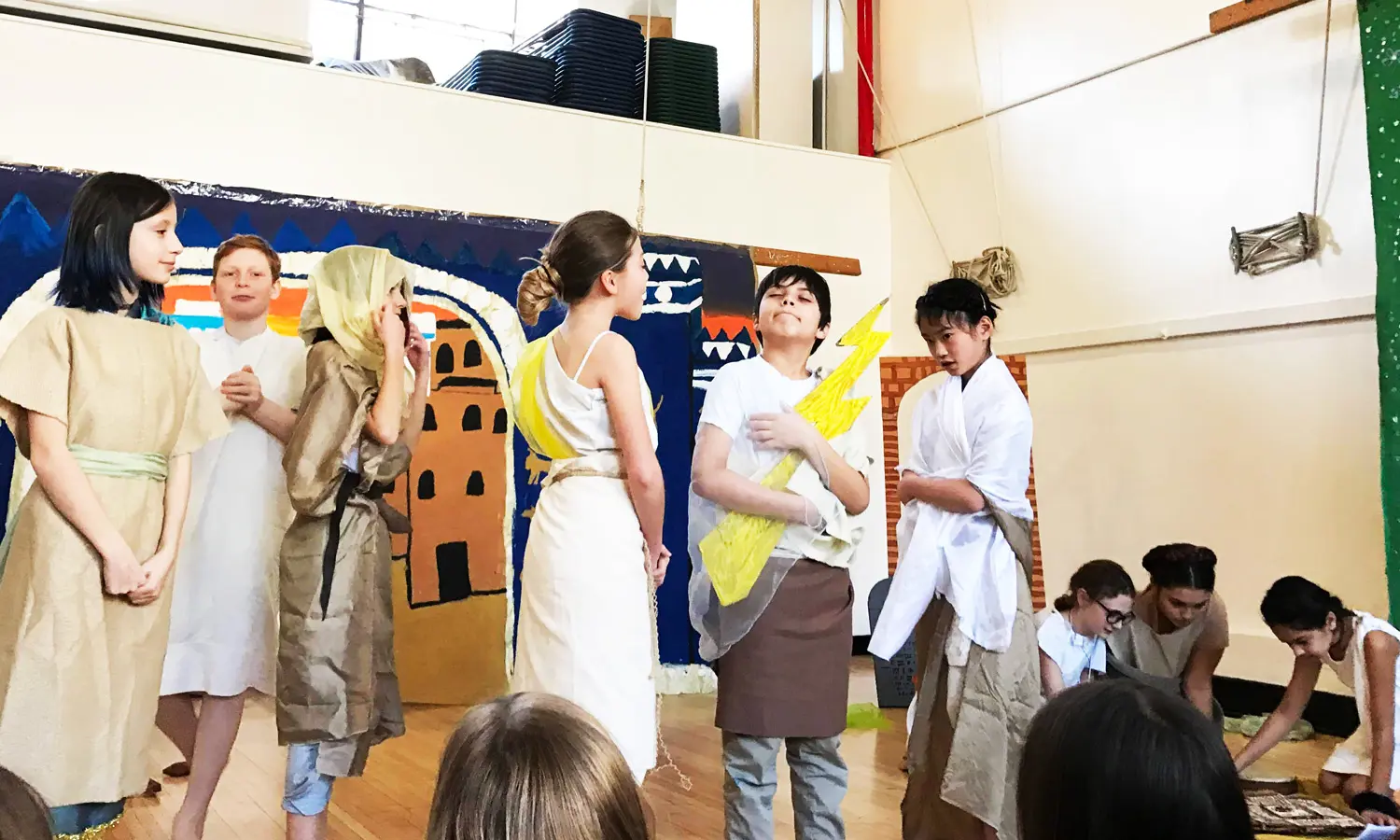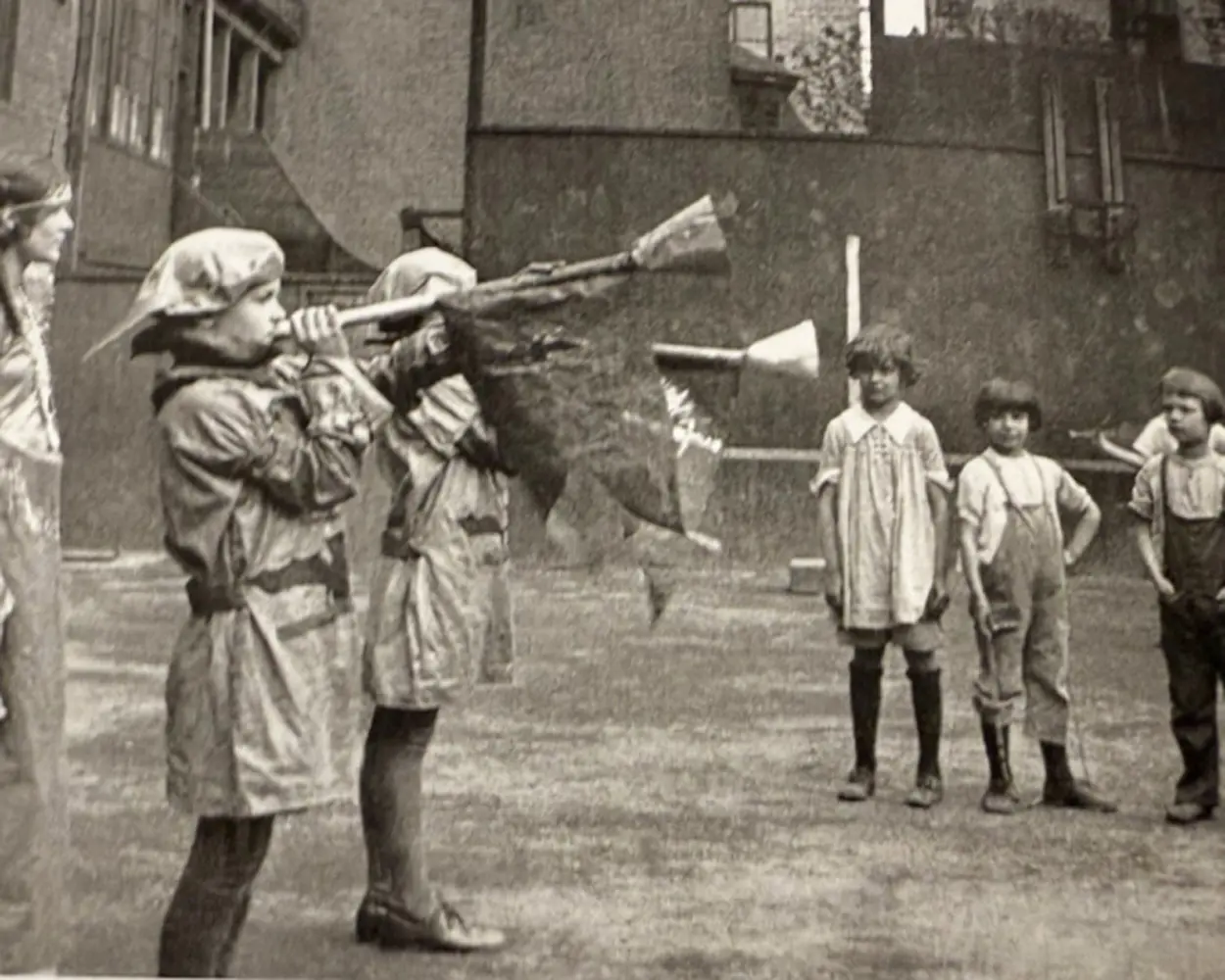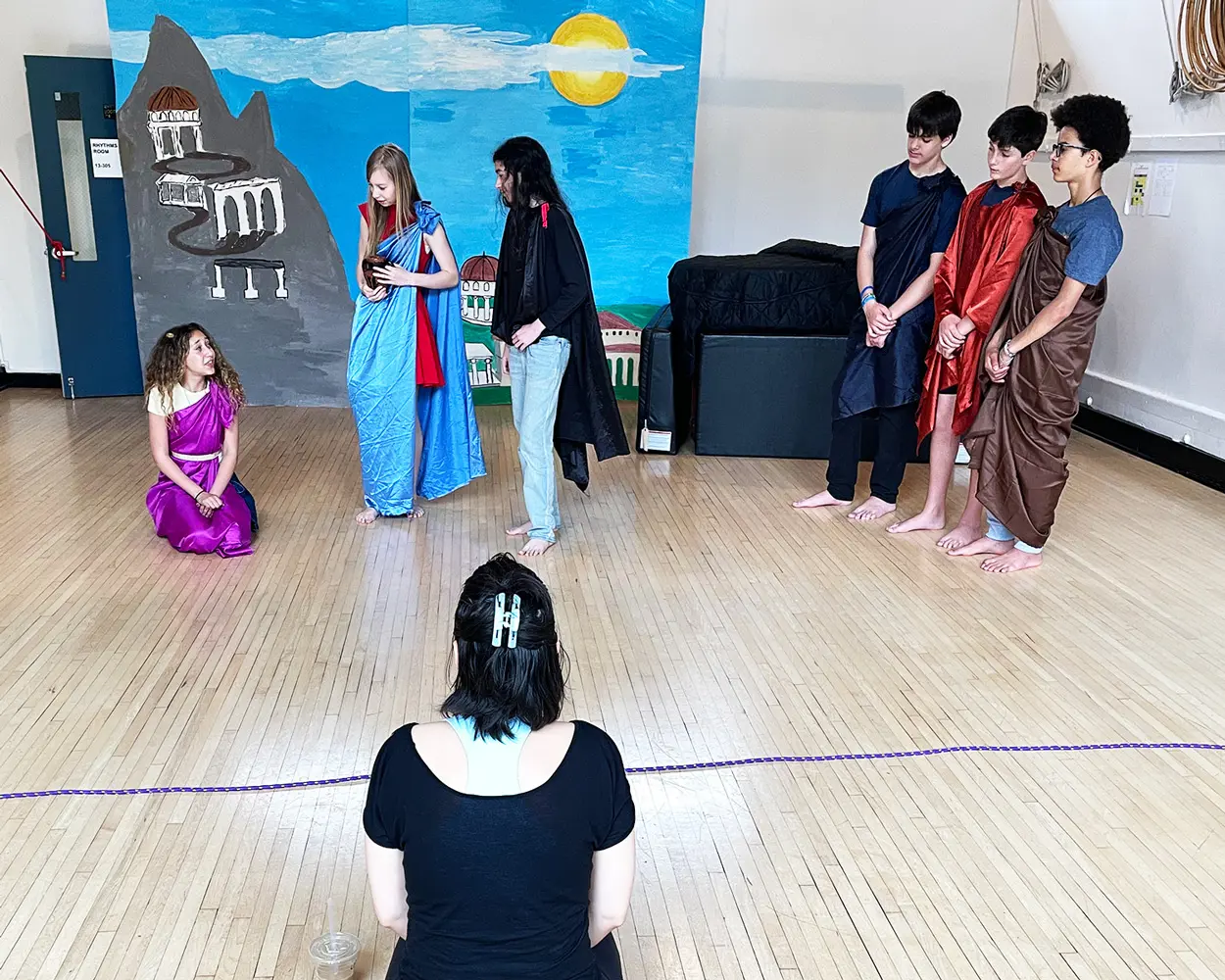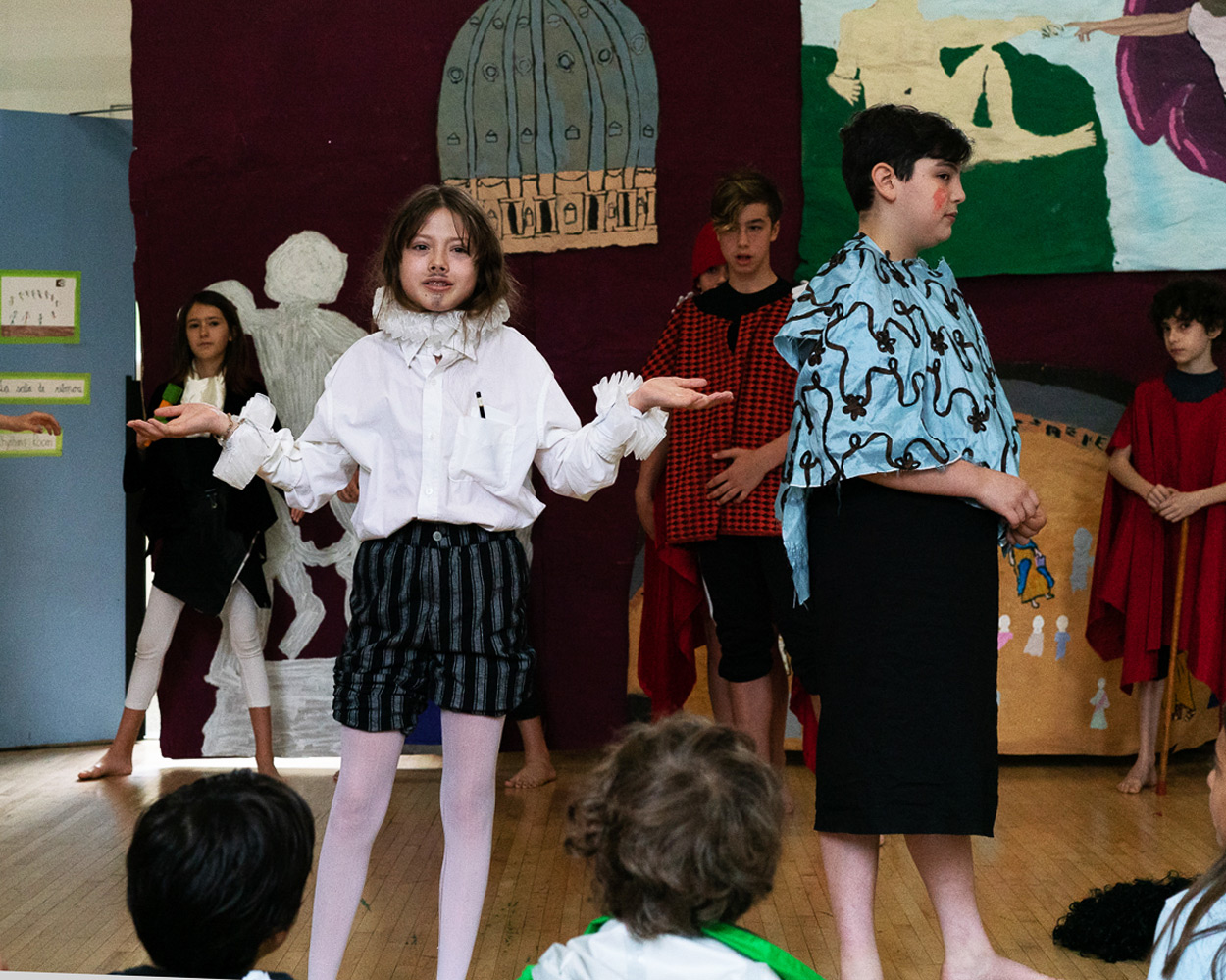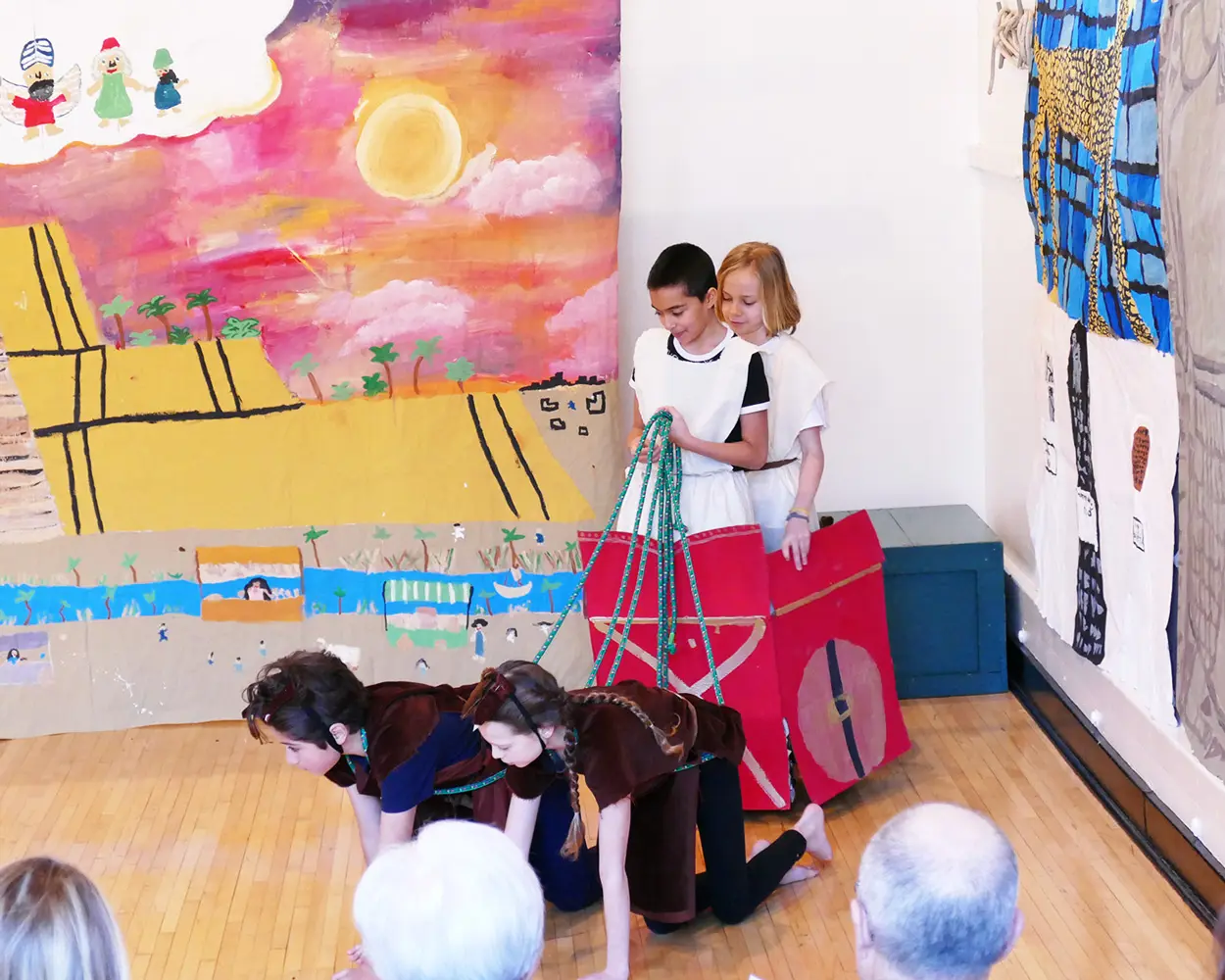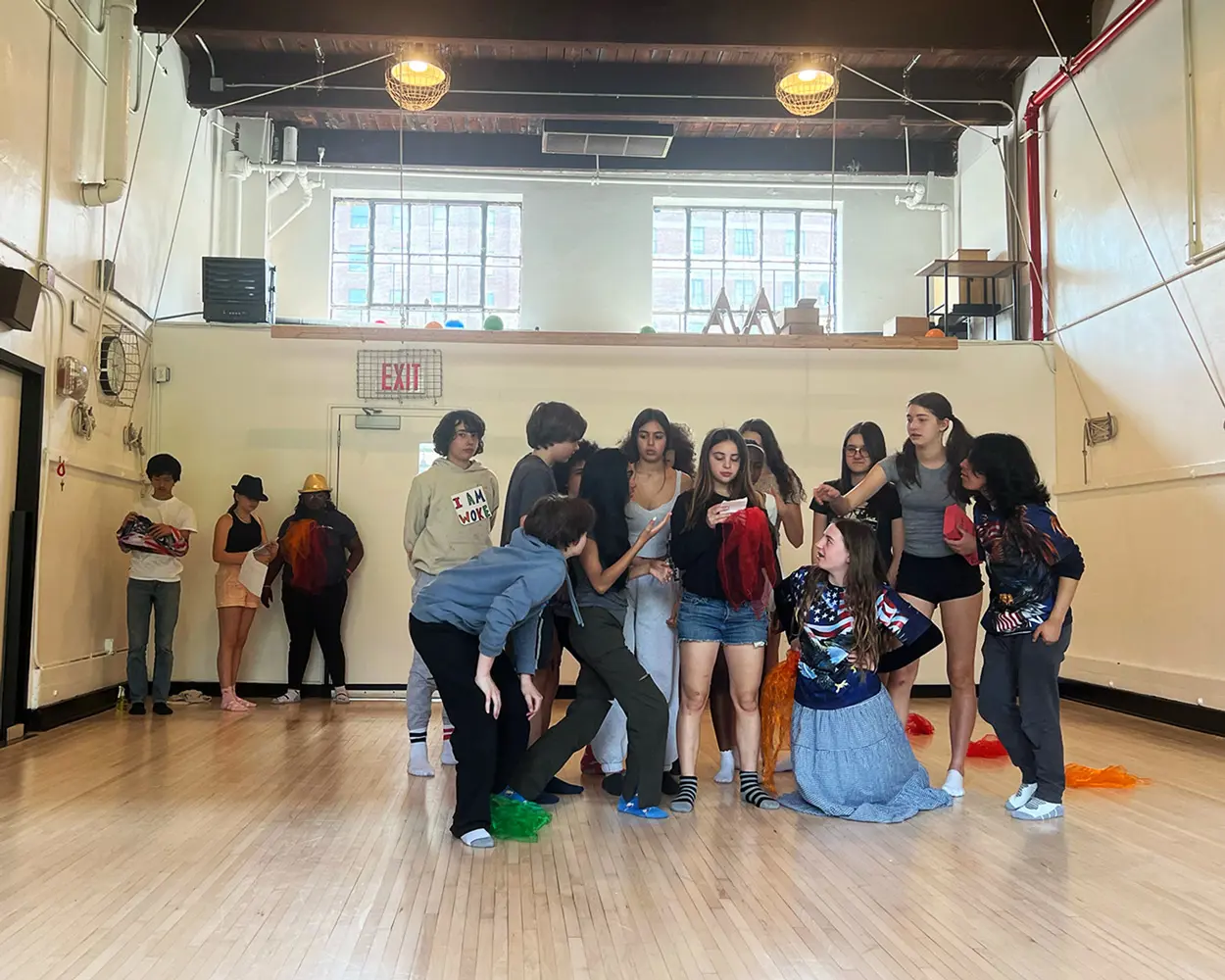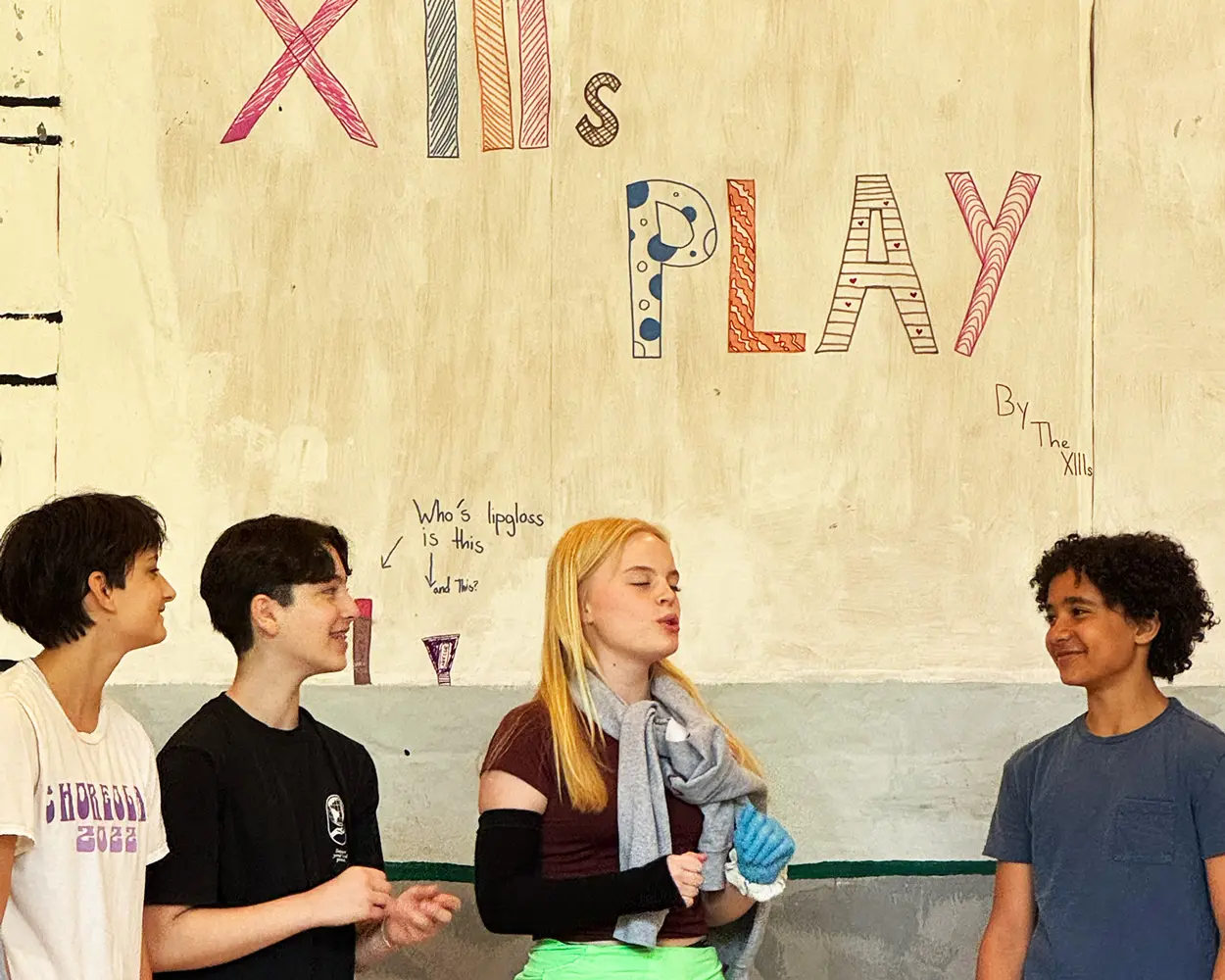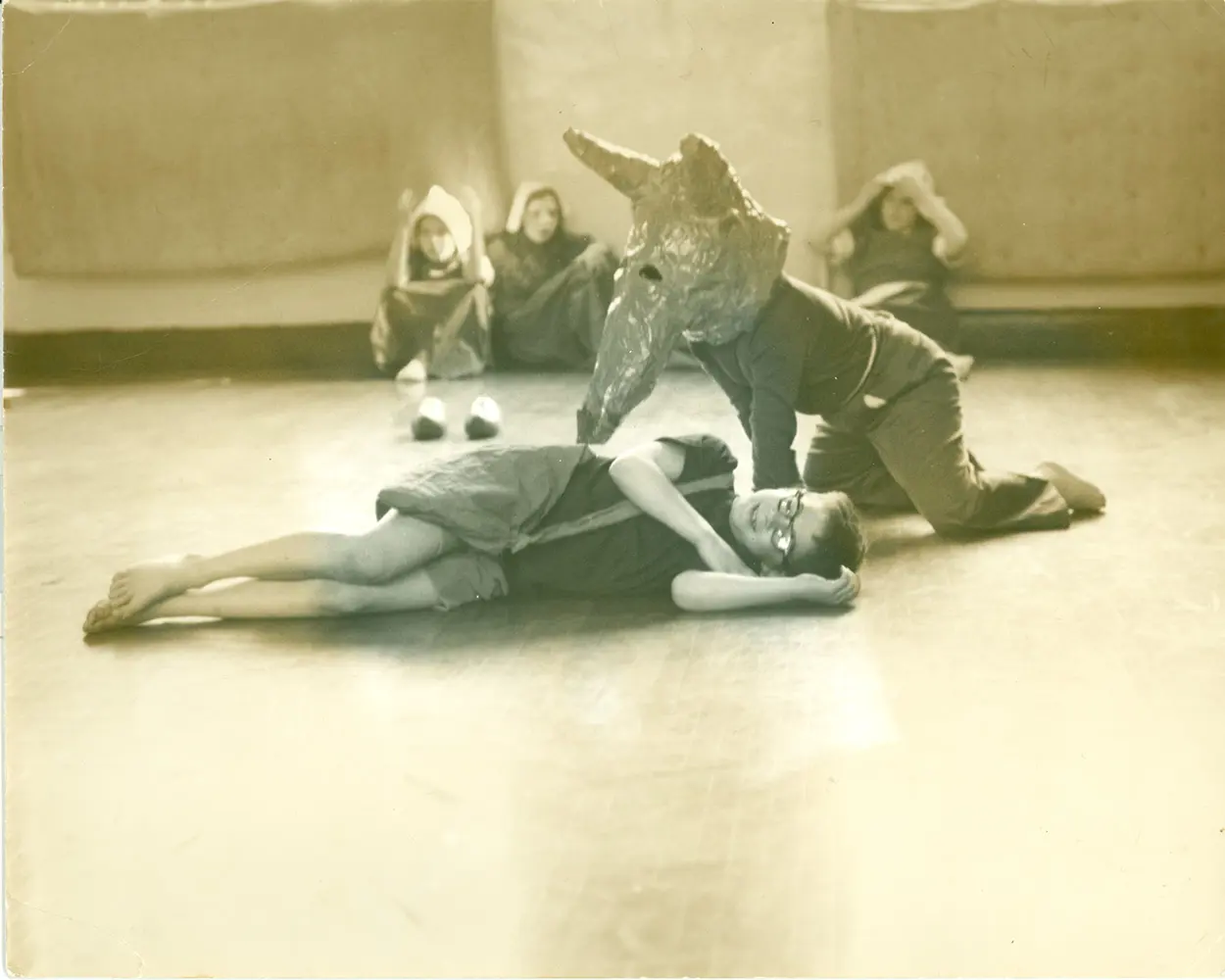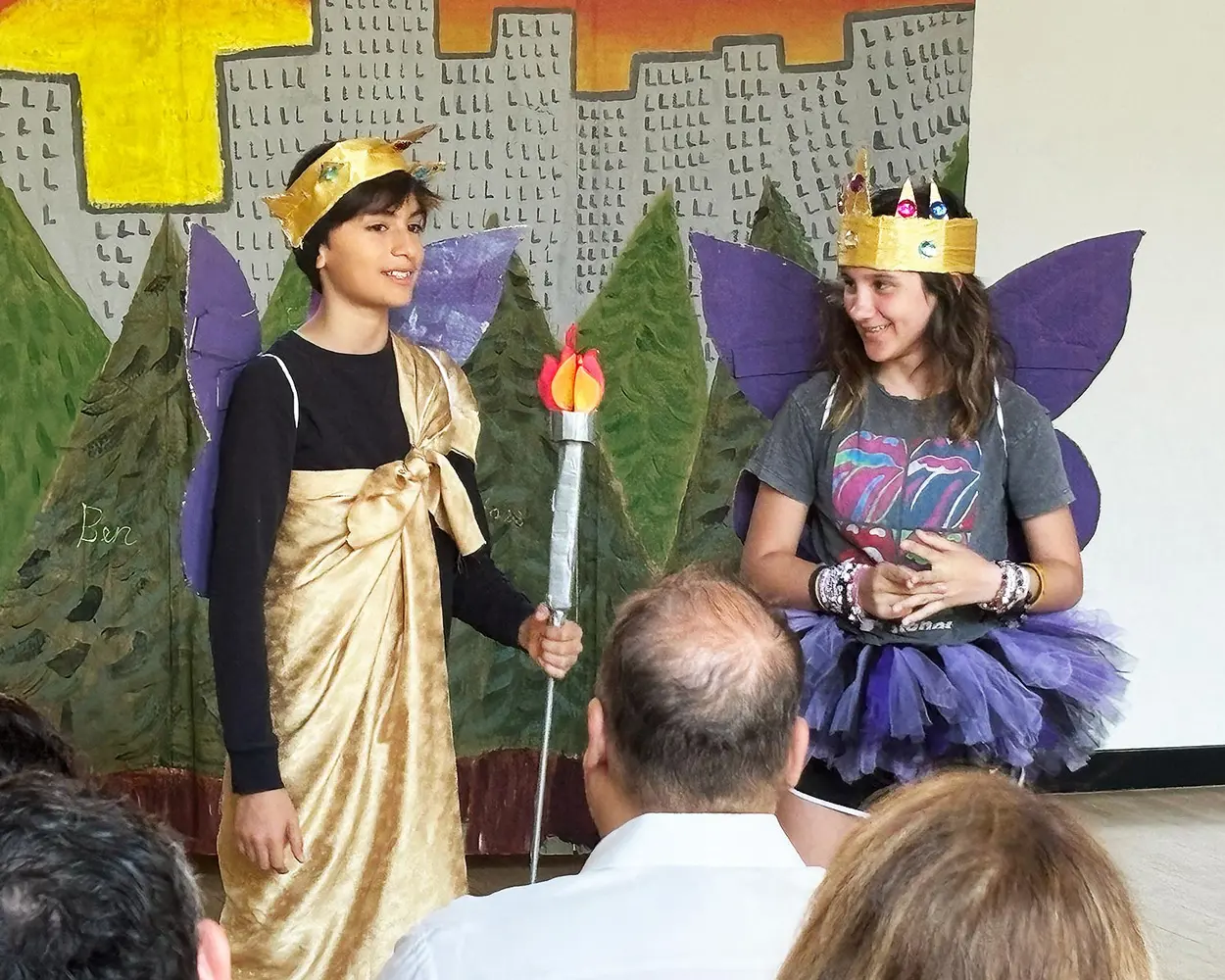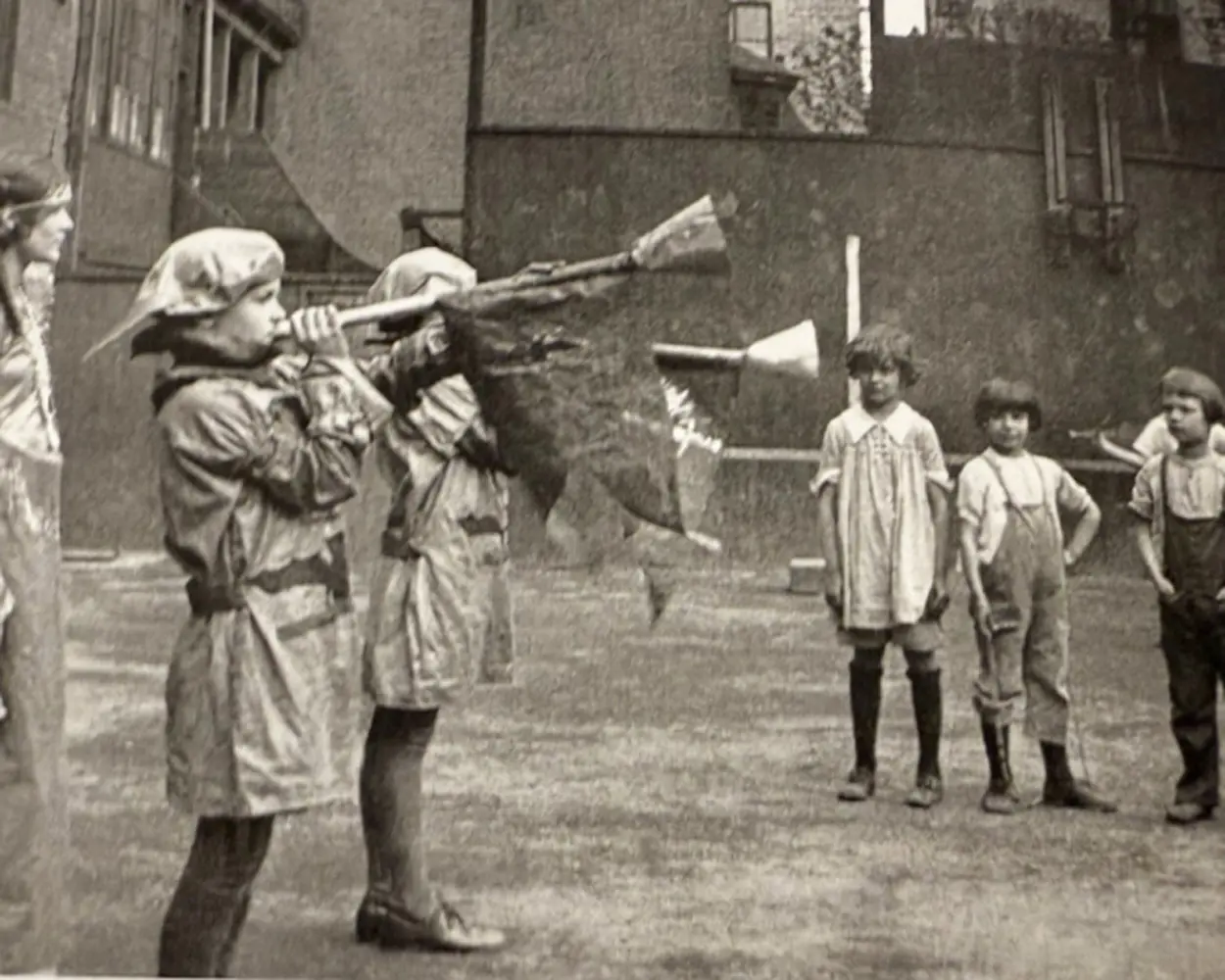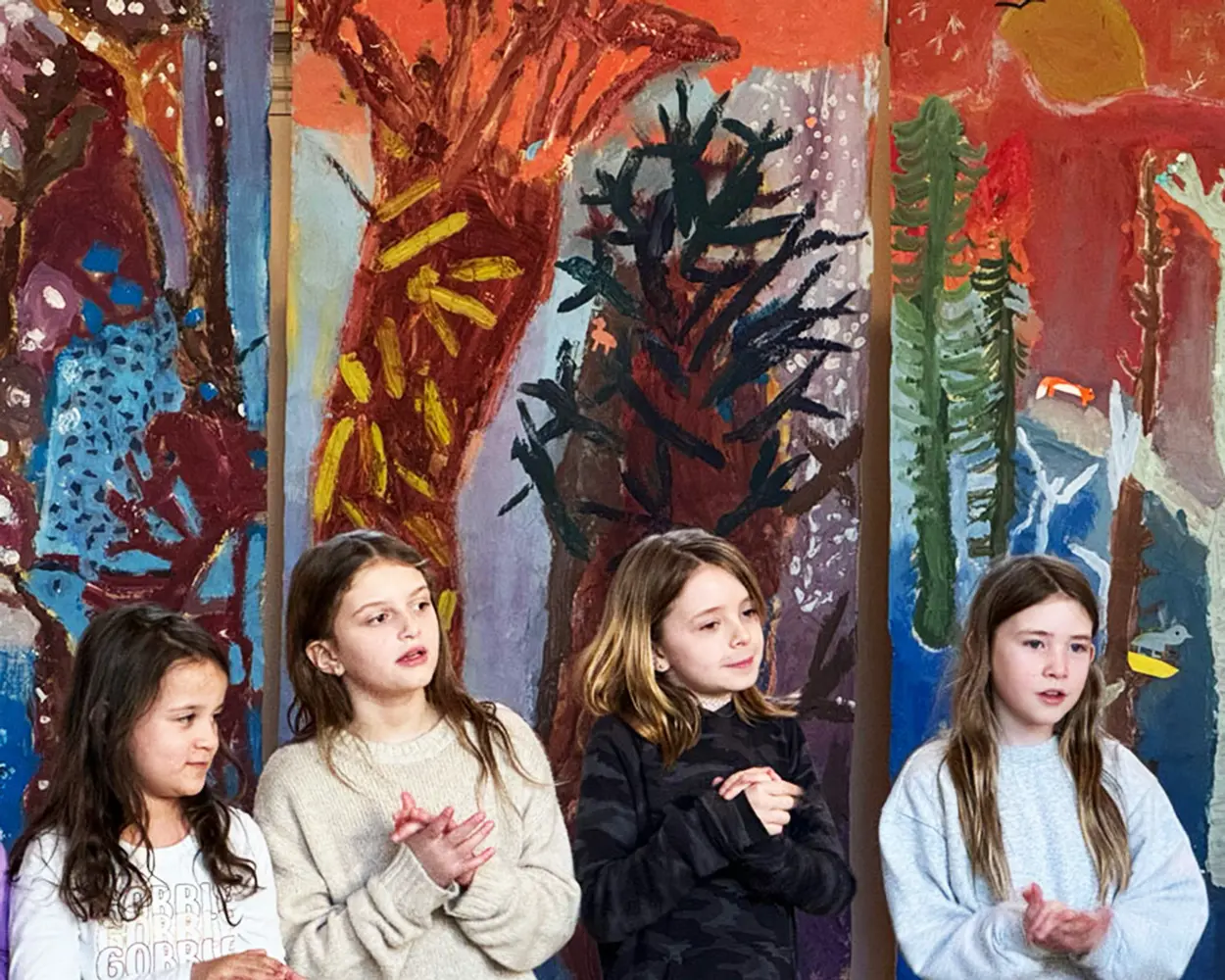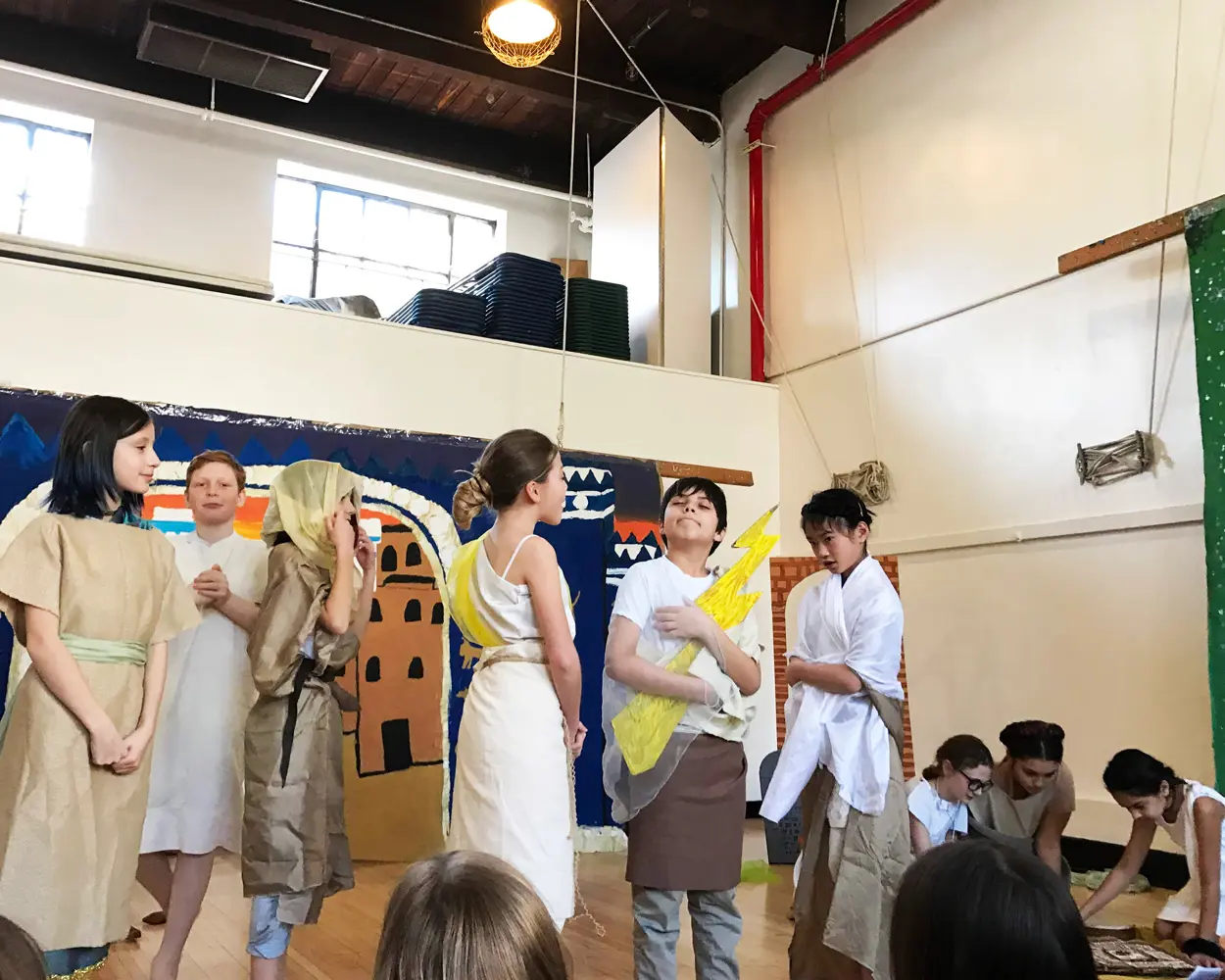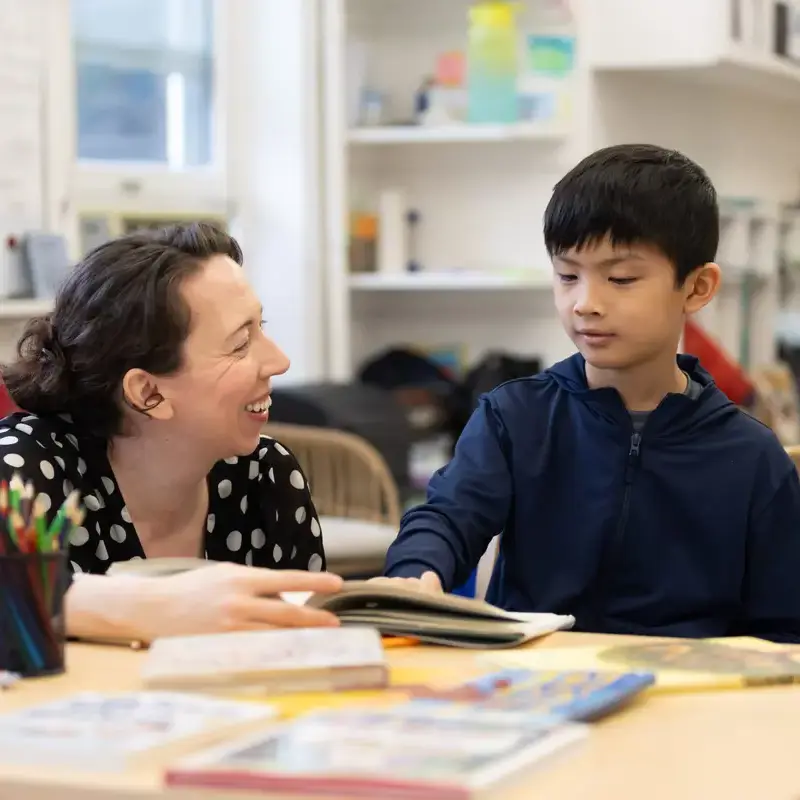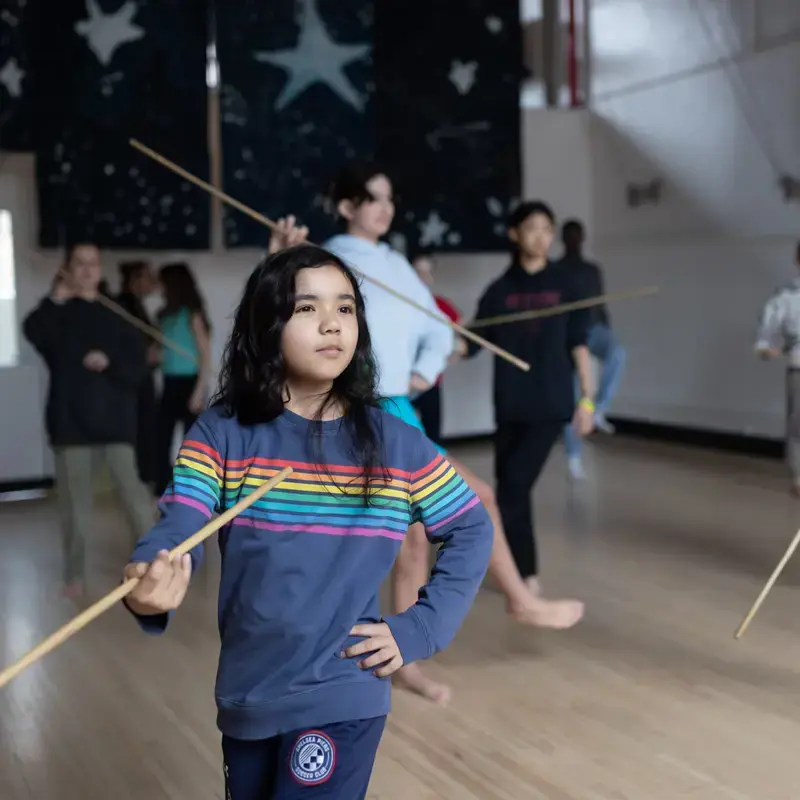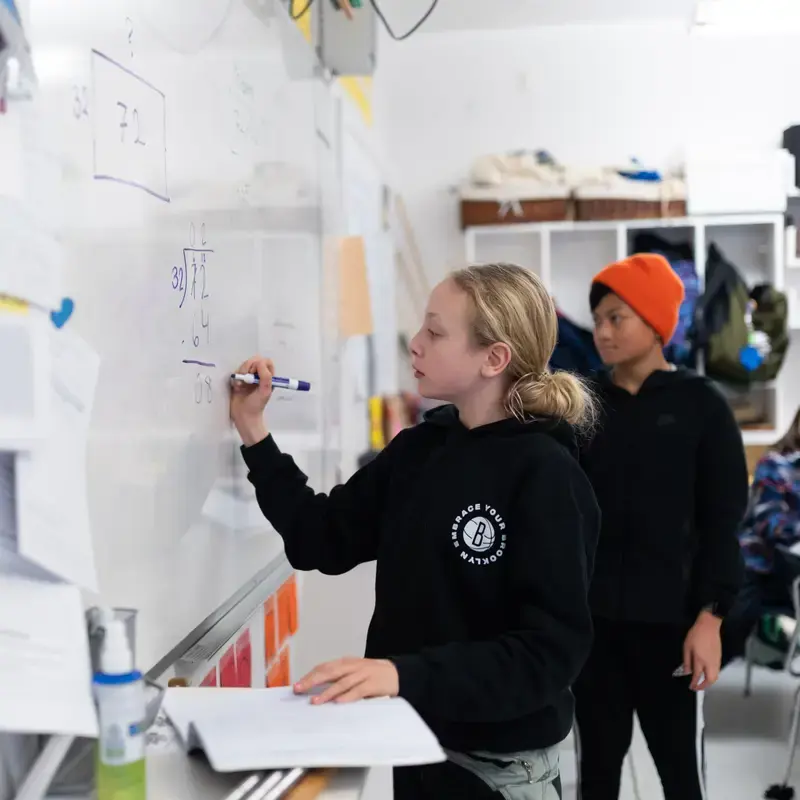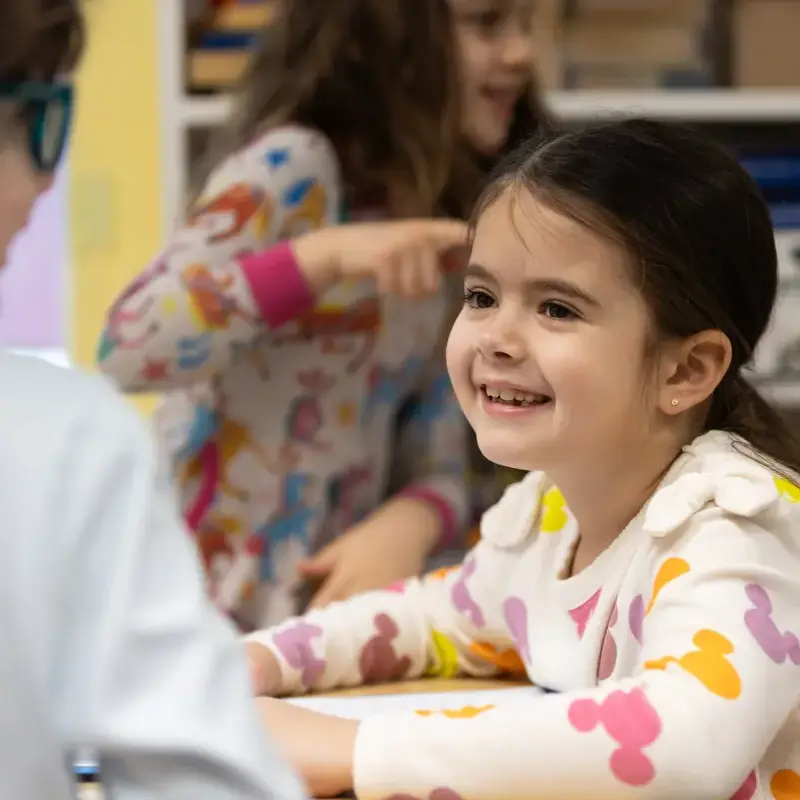Plays: By and For Children
|
by Cassie Warnick, Associate Director of Middle and Upper School As a new member of the City and Country community, I have heard much about “Play Season,” the time of year during which all groups aged VIII-XIII engage in the long-held practice of preparing and performing a Play. Beginning in February and continuing until the end of the school year in June, children in the Middle and Upper Schools pause for a few weeks at a time to reflect upon their learning and engage in the play-making process. While I first assumed the performance of a Play to be the culmination of a year’s study, I have come to understand it for what it truly is, a social experience brimming with opportunity for student collaboration, creativity, and autonomy.
As is true in so much of the experience of a progressive education, the process of developing a Play is as valuable, if not more so, than the Play, itself. As XIIs Group Teacher, Sarah Whittier ‘67, shared, “the Play is, by definition, a deeply collaborative project that throws students together with common purpose. Collaboration is not always harmonious, but it is always (in a surprise to all of us) productive and magical.” In fact, the play-making process is so important in the City and Country tradition that founder Caroline Pratt dedicated an entire chapter to it in her text, I Learn from Children: An Adventure in Progressive Education. She wrote: “To make a play together a group must have a common background of knowledge to work with…What a mass of information geographic, historic, and economic, went into the making of this play, only one who watched its unfolding, with a constant awareness of the children who had produced it, could truly grasp. This was the important thing about this kind of play making–that the children were free to take over, from any and all fields of knowledge within their scope, whatever they needed in remaking into something of their own an incident or way of life which stimulated them.” (199) What is described in this chapter I have seen with my own eyes in the Plays that have been developed and performed this winter. During the months of February and March, students in the VIIIs and IXs drew upon their shared understanding of Lenape daily life and the tradition of storytelling across cultures. During the generative process of play-making, the children integrated their learning in Social Studies, Rhythms, Music, and Art, bringing it all together through the creation, direction, and performance of their Plays, complete with custom-made sets, props, and choreography. Lower and Middle School Rhythms Teacher, Madeleine Buhler-Rose, offered this insight: “Of note, Plays can be thought of as a living thing that evolves and changes over time.” The Play has played an integral role at City and Country for the last hundred years, and it will continue to evolve and change with the times. However, one key aspect of the Play remains unchanged: “The children make their plays for nobody’s benefit and enjoyment but their own” (Pratt, 195). May they continue to be by and for children for the next hundred years to come.
|

